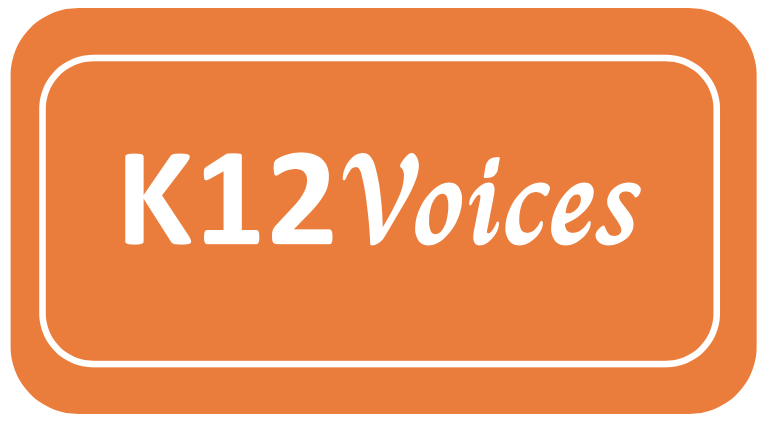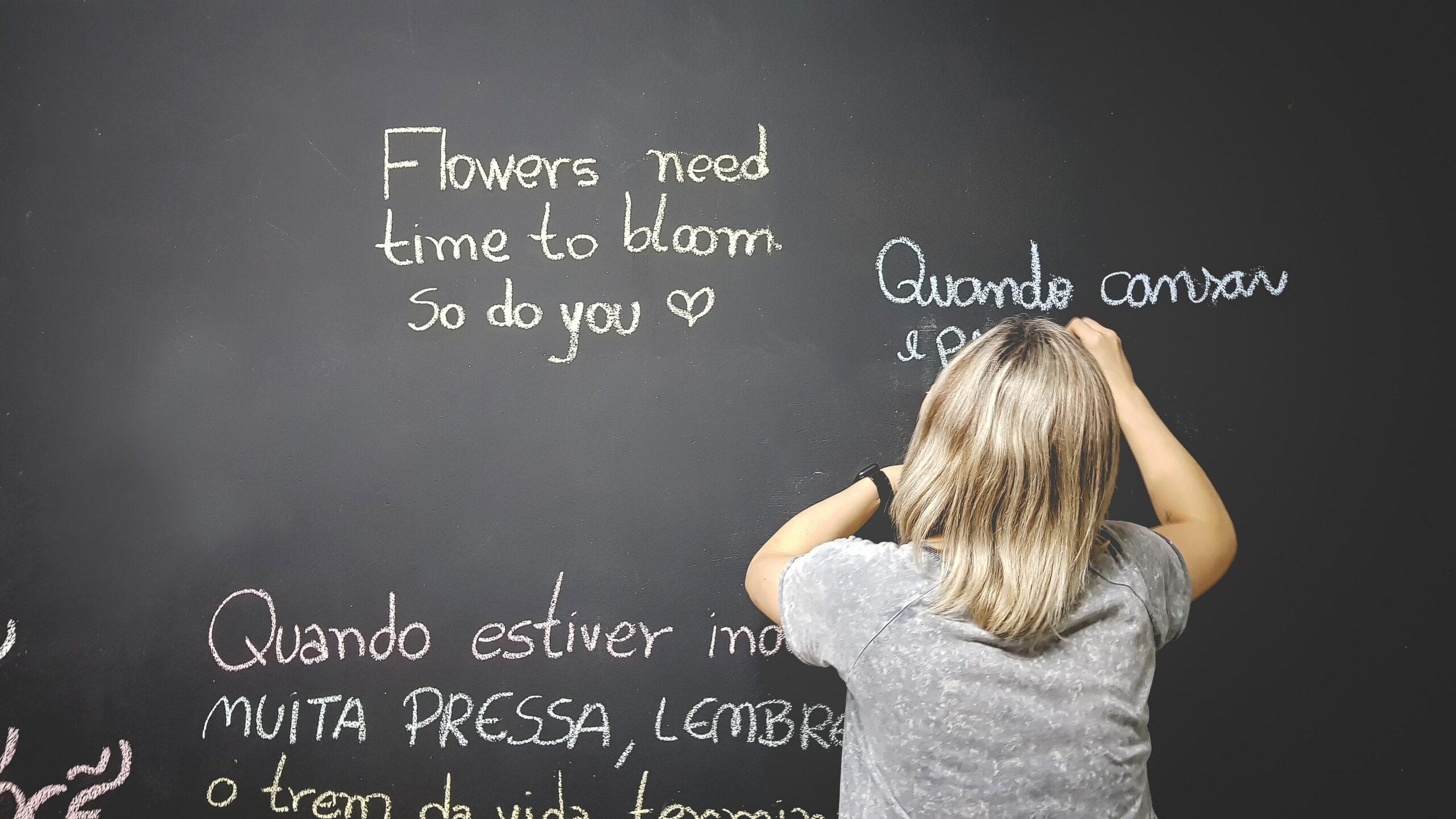Creating an Inclusive Classroom with Belonging

Imagine you traveled to a country where the people didn’t speak English. How would you communicate with others about your basic needs like a place to stay, your meals, and what parts of the city are safe? Would you panic or feel scared? What would you need to feel safe? How could others who speak the local language help and support you to make you feel safe? This is how language learners often feel in your classroom. English learners in Kuwait’s private schools often lack confidence in their ability to communicate in English and immigrants around the world face similar obstacles.
Newcomer students may also be coming from a traumatic situation if they’re a newcomer or recently resettled. Your role as a teacher in making sure they feel safe is vital if they’re going to succeed in your classroom. If they’ve been uprooted from their homes due to war or a natural disaster, they lack a sense of belonging because they were forced to leave their homes. They may have gaps in their education due to displacement or are unfamiliar with the local language. We know that all students need to feel a sense of belonging at school and “(w)hile a sense of belonging is necessary for all students to succeed in school, students from immigrant and refugee backgrounds are particularly affected.” What do we mean by belonging? Naashia Mohamed explains,
Students’ sense of belonging refers to the feelings of being accepted by teachers, peers, and any other individuals at school, and feeling like they are part of the school community. When students feel that they are a part of a school community, they are more likely to perform better academically and are more motivated to learn. Studies also show that the feelings of security, identity, and community associated with a sense of belonging affect students’ psychological well-being and social development.
When students feel that they are a part of a school community, they are more likely to perform better academically and are more motivated to learn.
Dr. Ilene Winokur
It’s important to establish a safe environment that begins with trust and respectful relationships from the first day of class. All students need to believe they are treated fairly, so if accommodations are made for some students, including language learners, their peers need to be aware of the reasons you are scaffolding their lessons. In addition, there are several steps you can take to ensure all of your students feel a sense of belonging like greeting them at the door every day or as they come on the screen. Another step is making sure you pronounce their names correctly. Sometimes students who are new will be shy about correcting their teacher so explain that it’s important to you. After all, it’s part of their identity.
Another way to increase your students’ sense of belonging is by creating an environment of caring, collaboration, respect, empathy, and compassion among your students. Modeling this whether you’re inside your classroom or with your students or colleagues will go a long way to showing your students the way. We need to make sure our students don’t feel like the other. In an article for the Haas Institute for a Fair and Inclusive Society (Berkeley), john a. powell and Stephen Menendian (2016) define “othering” as a
set of dynamics, processes, and structures that engender marginality and persistent inequality across any of the full range of human differences based on group identities. Dimensions of othering include but are not limited to, religion, sex, race, ethnicity, socioeconomic status (class), disability, sexual orientation, and skin tone. (p. 14)
You might be saying to yourself, ‘How do I handle differentiated lessons or accommodations for my students? Won’t that make them feel different and othered?’ Truthfully, it won’t if you handle it correctly. If your students know you have their best interests at heart because you’ve shown them you care about how they’re progressing in your class, they won’t focus on how you’re delivering the lesson. Also, they will champion your efforts to ensure their success if you explain to them, from the beginning of the year, that each student has different needs, strengths, and areas that need improvement. Your job is to help them reach the stated outcomes by supporting their efforts, celebrating their successes, and giving them focused feedback to support their progress.
My experience teaching English in Kuwait at the grade 3 level and pre-college intensive courses spans 25 years. Within that time, I have tried numerous methods to support my students’ English language acquisition while overcoming their lack of confidence and negative self-talk (lack of self-belonging) about learning the language. My action research shows a direct link between the achievement of language and content objectives through project-based learning (PBL). The best resource for PBL is the Buck Institute for Education: PBL Works
Students work on a project over an extended period of time – from a week up to a semester – that engages them in solving a real-world problem or answering a complex question. They demonstrate their knowledge and skills by creating a public product or presentation for a real audience.
As a result, students develop deep content knowledge as well as critical thinking, collaboration, creativity, and communication skills. Project-Based Learning unleashes contagious, creative energy among students and teachers.
Project-Based Learning unleashes contagious, creative energy among students and teachers.
Dr. Ilene Winokur
PBL is authentic learning that is meaningful to students. They make connections to their interests, background knowledge, and learn the language throughout the process. Writing, reading, listening, and speaking are all necessary components of the projects. They are making meaning and connections to the learning because it’s meaningful to them.
According to PBL Works,
English Language Learners are one of the groups that tend to be looked over when thinking about who is “ready” to do PBL. But all students are ready if armed with appropriate scaffolding by their teacher. In fact, if we look at learning in terms of growth, EL students are likely to show huge success due to how immersive PBL is in communication skills and critical thinking.
Projects can be tailored to any and all subjects. When using this method with language learners, scaffolding is a must. Planning by the teacher must be intentional and well-thought-out. PBL mentions several scaffolding strategies for successful PBL planning with language learners. I have summarized them here:
Research must be accessible and students shouldn’t be left on their own to search. They should be guided to look for podcasts, leveled books, short articles, etc. that can be chunked into smaller bits. Model the search and research process the first time they are assigned a project.
Provide background vocabulary of Keywords to support them. Building schema around the topic gives students valuable context before beginning the project. This supports their confidence and efficacy when they encounter words or phrases they’re unfamiliar with. Help them make connections to their prior knowledge.
Depending on the student’s level of language fluency, provide visuals for instructions such as pictures, gifs, or icons. Videos using Screencastify to record your instructions give the student a way to view them multiple times or stop at certain points.
Set the stage from the beginning of the year by teaching collaboration to all of your students. Don’t assume they know how to work together. This is where empathy and sharing of ideas and resources through teamwork support their feeling of personal belonging. Collaboration creates respect for others and helps them embrace differences.
Teachers should be actively involved in interacting with students as they work in groups. Asking tiered questions that guide students towards the next short-term goal is essential. Keep anecdotal notes of student progress and let them know you value what they’re doing.
Post project progress timelines, keywords, and related resources on a bulletin board and keep adding to it for the duration of the project. This will provide ongoing support to students who might not work as quickly as others.
You may be wondering how PBL Works recommends assessing students working on projects. They have created a set of research-based rubrics with four main areas: Critical Thinking, Collaboration, Self-Directed Learning, and Complex Communication. The rubrics act as a guide for giving focused feedback to students about their progress in each area from Beginning, Emerging, Developing, to Demonstrating. When using these rubrics, they recommend teachers modify them based on local context.
Learning a new language in an academic environment is daunting, so creating ways to integrate feelings of belonging (validation, acceptance, feeling valued, having agency) while conquering the language and content objectives will go a long way toward successful achievement of those goals. Project-based learning that is planned for and implemented well can help students accomplish it all.
Ilene’s Bio:
Dr. Ilene Winokur has lived in Kuwait since 1984 and is a professional development specialist supporting teachers globally including refugee teachers. Ilene has been active in learning innovation for over 35 years, is an expert in professional development, and is passionate about narratives related to belonging. Prior to retiring in 2019, she was a teacher and administrator at the elementary and pre-college levels for 25 years. Her blog, podcast, and book focus on the importance of feeling a sense of belonging.
Link to purchase Journey to Belonging: Pathways to Well-Being: https://journeys2belonging.com/3C5Ojig
You can connect with Ilene on
Twitter: @IleneWinokur
Instagram: @ilenewinokur
Facebook: IleneWinokur
LinkedIn: https://www.linkedin.com/in/ilene-winokur-edd-08683527
Blog: https://wke.lt/w/s/vNkgVJ
Website: https://www.ilenewinokur.com
To purchase her book: https://journeys2belonging.com/3C5Ojig







